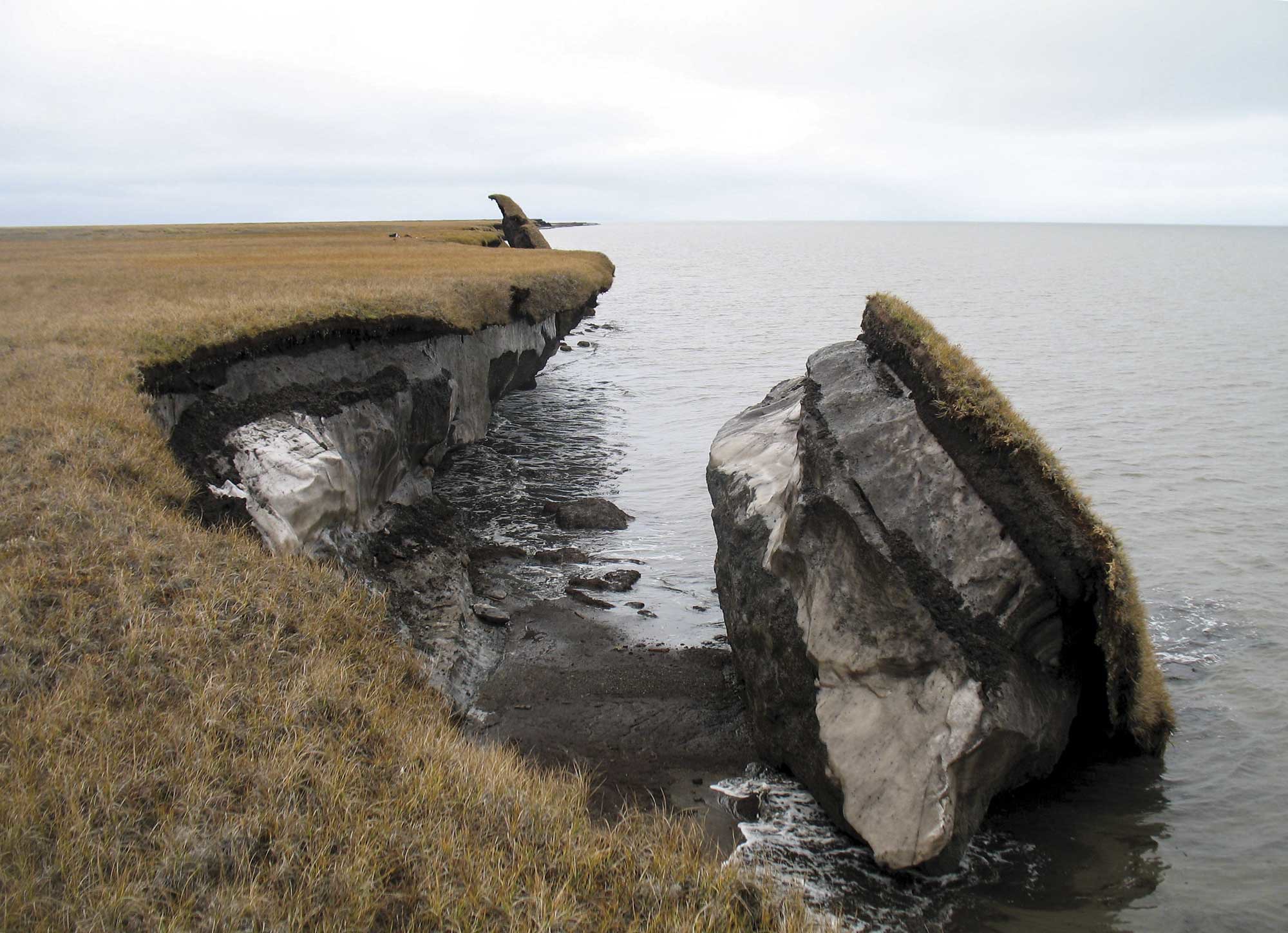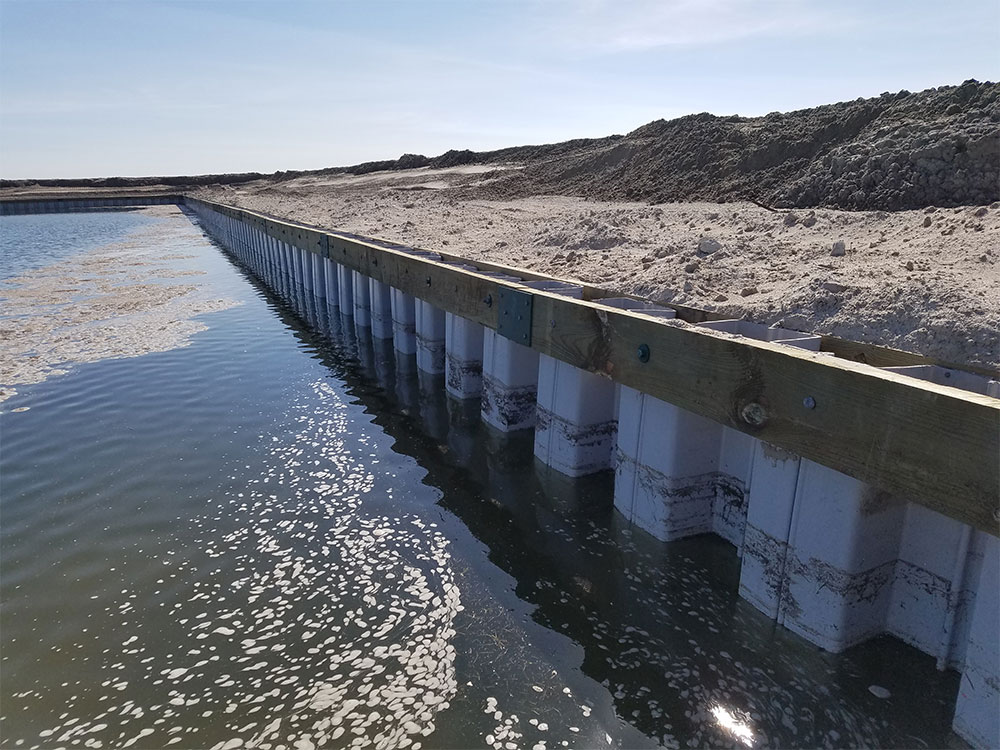Coastal Erosion Control: Best Shoreline Protection Methods
Coastal erosion is a growing concern for property owners, municipalities, engineers, and marine construction professionals. As rising sea levels, intense storms, and increased human activity accelerate shoreline loss, effective erosion control solutions have become more important than ever.
Whether you’re managing a beachfront resort, constructing a public boardwalk, or protecting a residential shoreline, this guide explores the best practices for coastal erosion control—so you can build smarter, protect your investment, and help preserve coastal ecosystems.
What Is Coastal Erosion?

Coastal erosion is the gradual removal of shoreline land due to the forces of wind, waves, tides, and currents. It can be natural or human-induced, and its effects are often magnified by:
- Climate change and rising sea levels
- Storm surges and hurricanes
- Development near the water’s edge
- Removal of vegetation and wetlands
- Boat wakes and dredging
The result? Loss of land, damage to property and infrastructure, habitat destruction, and diminished water quality.
Why Coastal Erosion Control Matters
Failing to address erosion can result in:
- Expensive property damage (undermined foundations, washed-out roads, failing seawalls)
- Public safety hazards (collapsing boardwalks, unsafe walking paths)
- Environmental loss (eroded wetlands, destroyed dunes, displaced wildlife)
- Regulatory violations (non-compliance with local or federal shoreline protection policies)
The right erosion control plan ensures the stability, longevity, and safety of coastal developments—while also protecting marine habitats.
Best Practices for Coastal Erosion Control
Let’s break down the top methods and materials used by shoreline contractors, engineers, and landowners to manage and mitigate coastal erosion effectively.
1. Living Shorelines
Best for: Low-to-moderate energy coastlines, residential projects, parks
Living shorelines use natural elements like native vegetation, oyster reefs, fiber logs, and biodegradable mats to slow erosion and absorb wave energy. They’re one of the most sustainable and environmentally friendly methods available.
Benefits:
- Enhances biodiversity
- Filters runoff and improves water quality
- Adapts over time and strengthens with growth
- Often eligible for environmental permitting incentives
Challenges:
- Not suitable for high-energy wave environments
- Slower results compared to engineered solutions
Use Case: A bayfront community in the Carolinas restored 500 feet of shoreline using marsh grass, coconut fiber logs, and recycled oyster shells—achieving erosion reduction and increased fish habitat within 18 months.

2. Vinyl Sheet Piling Seawalls
Best for: High-energy coastal zones, waterfront properties, marina edges
Vinyl sheet piling is a long-lasting, corrosion-resistant alternative to traditional timber or steel bulkheads. It is lightweight, easy to install, and requires minimal maintenance.
Benefits:
- Resistant to rot, corrosion, and marine borers
- Does not leach harmful chemicals
- Clean, modern aesthetic
- Can last 50+ years in saltwater environments
Pro Tip: Add a timber cap to vinyl seawalls for a classic look and structural reinforcement.
3. Riprap (Rock Revetments)
Best for: Coastal slopes, dune edges, bridge abutments, shoreline footpaths
Riprap involves layering large stones or boulders along the shoreline to dissipate wave energy and hold soil in place. It can be used alone or in conjunction with vegetation or walls.
Benefits:
- Durable and cost-effective
- Allows natural drainage
- Immediate protection
Limitations:
- Aesthetic may be too industrial for residential areas
- Requires heavy machinery for installation
Use Case: A public beachfront in Galveston, Texas, installed riprap alongside a vinyl bulkhead. The result? Long-term erosion resistance even during storm surges.
4. Timber Bulkheads & Retaining Walls
Best for: Residential and light commercial shorelines, ranches, parks
Pressure-treated marine-grade timber walls offer structural shoreline support while maintaining a natural wood appearance. Ideal for less intense wave energy zones.
Benefits:
- Affordable and attractive
- Easy to build around curves and features
- Can be integrated with steps or platforms
Best Practices:
- Use CCA-treated Southern Yellow Pine with proper retention levels
- Add drainage weep holes to relieve hydrostatic pressure
- Consider poly-coated wood for added longevity
5. Coir Logs and Biodegradable Erosion Control Blankets
Best for: Temporary shoreline stabilization, wetland restoration
Coir logs (made from coconut fiber) and bio-blankets are used to hold soil in place during early vegetation growth. They are commonly used with living shoreline strategies.
Benefits:
- Completely biodegradable
- Supports plant root establishment
- Effective in low-slope areas
Limitations:
- Not strong enough alone in high wave zones
- Requires maintenance to ensure proper anchoring
6. Hybrid Systems (Engineered + Natural)
Best for: Custom projects, multi-use shorelines, high-traffic zones
The most resilient designs often combine natural and structural solutions. For example:
- Vinyl seawall + riprap toe
- Coir logs + native vegetation + anchored geogrid
- EcoPile composite pilings + living shoreline buffer
These designs provide instant erosion control with the long-term resilience and habitat benefits of natural systems.
Key Considerations for Shoreline Stabilization
✅ Assess Site Conditions
- Soil type
- Wave energy
- Water level fluctuations
- Tidal impact and storm surge history
✅ Comply with Local Permitting
Work with your city, state, or environmental agency to ensure compliance with regulations. Permits may be required for:
- Bulkhead installations
- Dune modification
- Wetland disturbance
✅ Factor in Long-Term Maintenance
Choose materials and designs that fit your maintenance capacity. Composite and vinyl materials often have lower upkeep costs than untreated timber or metal.
✅ Collaborate with Experts
Successful shoreline projects involve contractors, engineers, landscape architects, and ecologists—especially when balancing environmental sensitivity and structural needs.
Coastal Erosion Control Product Recommendations
American Pole & Timber offers engineered materials designed specifically for shoreline protection:
- EcoPile Composite Pilings – 100% recycled, maintenance-free, and marine-borer resistant
- Vinyl Sheet Piling – Ideal for seawalls and bulkheads with 50+ year lifespan
- Pressure-Treated Marine Timber – CCA-treated and poly-coated options for longer life
- SnapJacket Piling Repair – Extend the life of existing pilings without replacement
- Custom Timber Trusses & Walls – Built to spec for retaining, boardwalks, and more
All products are available with nationwide delivery and custom fabrication services to fit your exact needs.
Protect the Shoreline. Preserve the Future.
Coastal erosion control isn’t one-size-fits-all. The best solutions blend smart engineering, sustainable materials, and an understanding of your site’s unique conditions. Whether you’re stabilizing a beachfront, preserving wetlands, or building out a marina, taking a proactive approach will save time, money, and shoreline.
Need help getting started?
Fast Quotes & Free Project Assistance
Speak with a Project Consultant:
📞 Call 1 (800) 716-0636
🔗 Request assistance online
Let’s build smarter. And protect what matters most—your property, your investment, and our coastlines.
